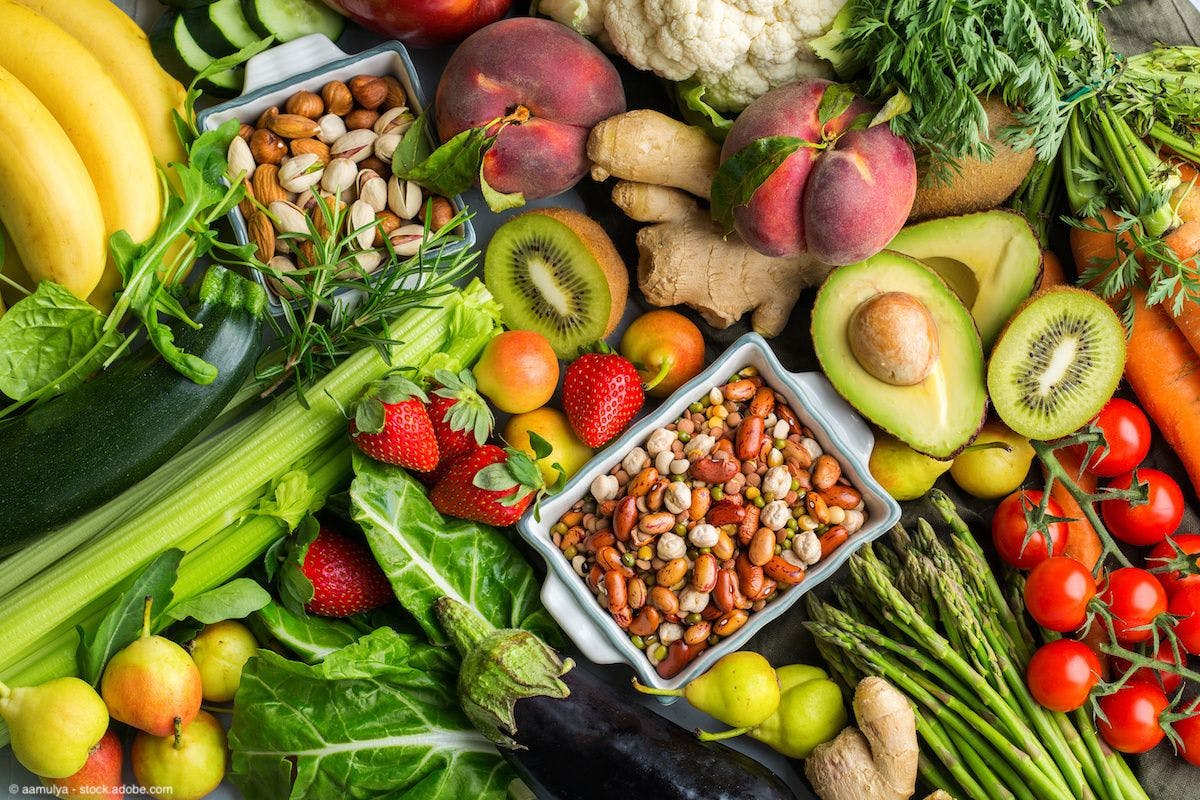You can cut down calories by almost 50 per cent by adding one spoon of this ingredient while cooking rice

Chopping down calories highlights on most weight reduction plans yet doing as such can get troublesome now and again. Thusly, many individuals will quite often stay away from carbs, particularly rice, to accomplish their weight reduction objectives. However, imagine a scenario where we let you know that all you want is one effectively accessible kitchen fixing to chop down calories in rice while cooking it.
In any case, before that, it is essential to see how rice responds in the body.
Authorities on the matter agree, rice gets transformed into glycogen in the body which makes for an extraordinary post-exercise recuperation fuel for the muscles if one is working out effectively. Notwithstanding, when not utilized, this glycogen before long becomes glucose and gets put away in the body as fat.
All in all, what should be possible? As per research, one proficient method for chopping down calories in rice is by adding one teaspoon of coconut oil to bubbling water and afterward cooking rice in it for around 25 minutes. It’s just straightforward!’
Channel overabundance water, if any. Then, at that point, cool it in the cooler for 12 hours. Utilizing coconut oil while cooking and afterward refrigerating the rice can slice calories by as much as 60%, as per the 2015 exploration introduced in the American Chemical Society.
“We found that expanding rice safe starch (RS) focuses was an original method for moving toward the issue. Assuming the best rice assortment is handled, it could lessen the calories by around 50-60 percent,” said SudhairA James, who drove the examination at the College of Chemical Sciences, Colombo, Western, Sri Lanka.
Types of starch
As per the examination, starch, which is a part of rice, can be both absorbable or inedible. Nonetheless, in contrast to edible kinds of starch, the safe starch – which gets made because of short-term drenching – isn’t separated in the small digestive system where carbs are processed into glucose and other basic sugars and consumed into the circulatory system.
Along these lines, one can keep weight gain under control if edible starch gets changed over into safe starch – which could, bring down the quantity of calories.
Tanvi S Chiplunkar, senior dietician at Bhatia Hospital Mumbai added that safe starch helps keep the microbial (stomach) balance solid, giving a more prominent extent of “good” to “terrible” stomach microscopic organisms.
“Whenever you eat safe starch, it goes undigested through the small digestive tract where supplements are ingested – to the colon. There, it fills the body’s great microbes,” referenced Chiplunkar.
Preety Tyagi, lead wellbeing mentor, nutritionist, and author of MY22BMI told that safe starch “won’t store in the body when not utilized”. “Likewise, it tops you off with calories that your body doesn’t basically have to consume, leaving you not so ravenous for different food varieties,” she said.
“This is likewise the justification for why (glucose) levels rise all the more leisurely after dinners with safe starch,” said Chiplunkar.
“The body gets assisted with utilizing insulin better by additional ascending of more slow glucose level. This might further develop type-2 diabetes control and weight the executives,” Chiplunkar told in an interview
Dietitian Lavleen Kaur additionally shared a video clarifying how to abstain from swelling after having rajma rice. In it, she referenced that cooking rice with a tablespoon of coconut can assist diabetics with controlling their glucose levels.
In the wake of testing 38 assortments of rice in Sri Lanka, the examination group focused in on a specific approach to fusing coconut oil. James noticed that “the cooling is fundamental on the grounds that amylose, the solvent piece of the starch, leaves the granules during gelatinisation”.
“The rice grains transforms into a safe starch by cooling for 12 hours which will prompt arrangement of hydrogen connections between the amylose atoms outside of it.”He notes that the safe starch levels don’tget influenced by reheating the rice for utilization.


